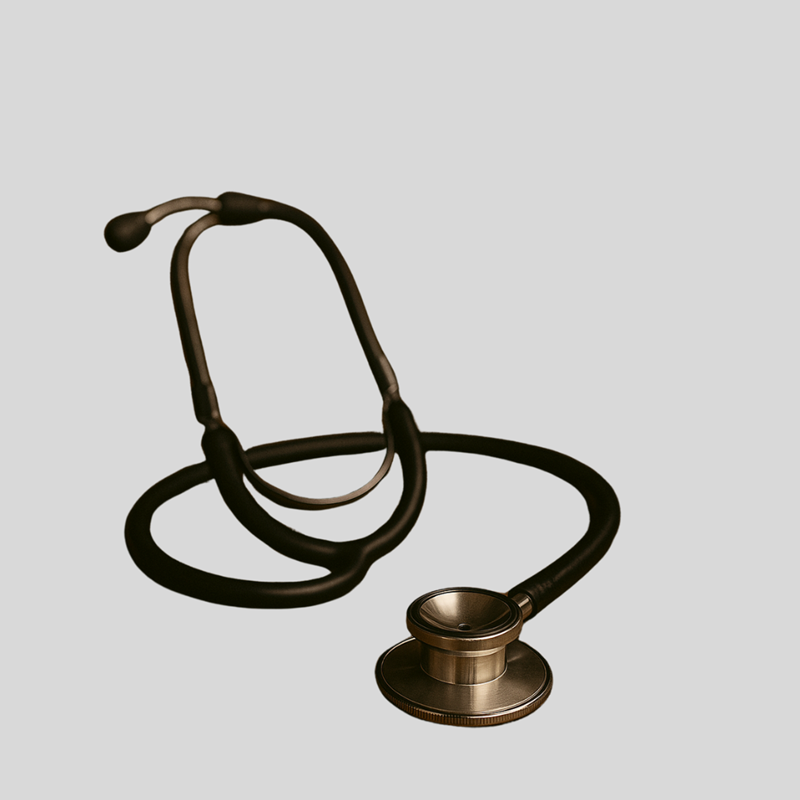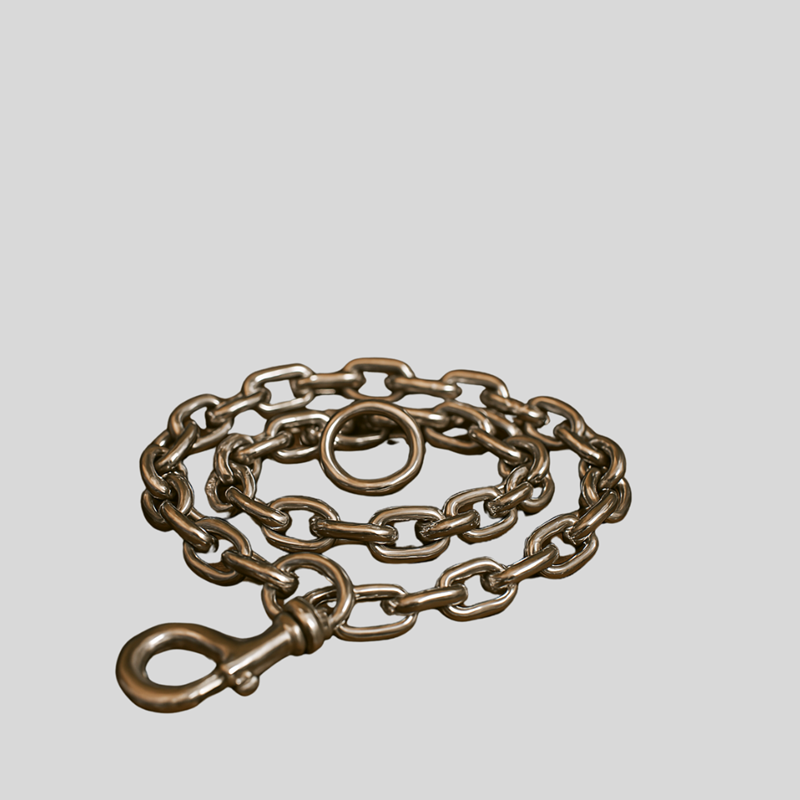Description
A dehorner is a specialized agricultural tool used to remove or inhibit the growth of horns in livestock, particularly cattle, goats, and sheep. Horn removal is a common and essential practice in modern animal husbandry, done primarily for animal welfare, safety, and management efficiency. Dehorning reduces the risk of injury to other animals, farm workers, and the animal itself, especially in confined or group housing systems where aggressive behavior or accidental goring can cause significant harm.
There are different types of dehorners, each suited for specific age groups, species, and management systems:
1. Hot Iron Dehorners
These are electrically heated devices with a circular or U-shaped element that cauterizes horn buds, destroying the horn-producing tissue in young calves or kids. They are most effective when used within the first few weeks of life, before horns start developing fully. Hot iron dehorning is considered humane when done correctly, as it minimizes bleeding and infection risk.
2. Scoop or Gouge Dehorners
These are mechanical tools with sharp cutting edges designed to remove larger horns in older animals. They work by clamping around the base of the horn and scooping it out, often requiring wound care and antiseptic treatment post-procedure. Scoop dehorners are commonly used in field conditions and require proper restraint and handling.
3. Wire or Saw Dehorners
Used to saw off fully developed horns, typically in mature livestock. These tools require skilled operation and post-dehorning management to prevent infection and excessive bleeding. They are less commonly used today due to the availability of more humane options for early dehorning.
4. Chemical Dehorners
These involve applying a caustic paste to the horn buds of very young animals. The chemicals burn the horn-producing cells, preventing horn development. This method must be used with extreme caution to prevent injuries to the animal, handler, or other animals.
Benefits of Dehorning:
Improves safety for handlers, other animals, and the dehorned animal
Reduces risk of injury in transportation, feeding, and housing systems
Facilitates easier handling, tagging, and veterinary care
Enhances market value, as horned animals are often considered more difficult to manage
Considerations:
Age: Dehorning is best performed at a young age when the procedure is less invasive.
Pain management: Use of local anesthesia and post-procedure care is essential to reduce stress and pain.
Hygiene: Sterile tools and clean techniques are critical to prevent infections and ensure proper healing.





Reviews
There are no reviews yet.